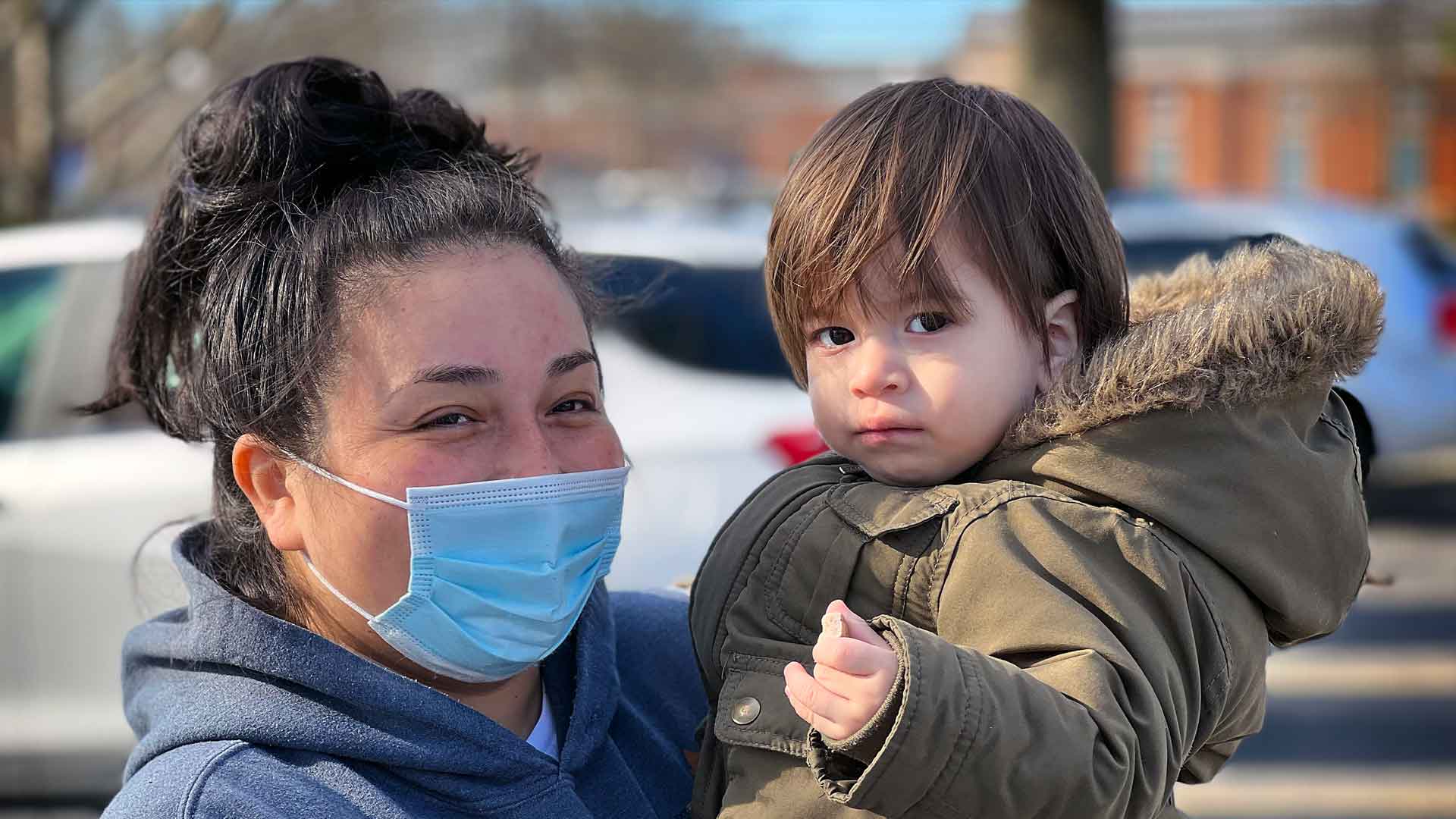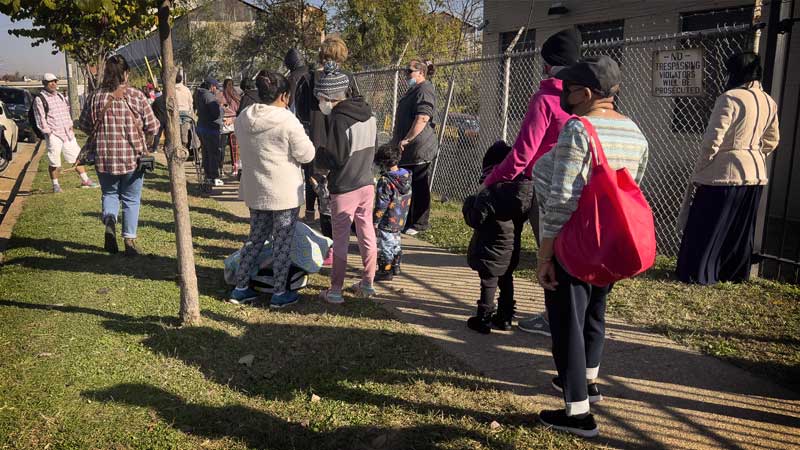Maryland Food Bank Research Report: Child Food Insufficiency

As the pandemic enters its third year, Marylanders are facing a barrage of economic aftershocks. Rising inflation means the costs of food, housing, and utilities are growing dramatically. The increased financial burden on the average household, according to Moody’s Analytics, is a whopping $276 per month.
And, as our latest research shows, children — the most vulnerable among us — often suffer the most from lack of access to food.
The latest report from our Strategy Group, A Research Guide to Child Food Insufficiency, shines a light on some alarming statistics about child hunger in our state. The brief, prepared by our Vice President of Learning, Measurement, and Evaluation, Daniel Sturm, examines COVID-19’s lingering, harmful effects on Maryland’s children.
Among the report’s findings, one dire statistic stands out: More than two in five Maryland families — 45% of our neighbors — said their children were often or sometimes not eating enough because food was not affordable, with families in the lowest income bracket experiencing the highest adversity. Almost half (46.5%) of Maryland children received food assistance in February 2022 — another grim indicator that children are bearing the brunt of food insecurity.
As Pandemic Benefits Expire, Need Grows
Marla R., 76, of Northeast Baltimore, knows firsthand the difficulty of keeping children fed. Her daughter and grandchildren moved in with her after her daughter lost her job.
“Now there are three more mouths to feed,” she said. “The past few years have been really hard.”
The federal Child Tax Credit Program (CTC), which provided direct cash to families during the pandemic, helped many of them access food. Half of Maryland households, our research indicates, used that extra cash for food purchases. Many researchers believe that the payments also improved health outcomes for children in low-income families.
The payments gave Marla the ability to purchase more food for her hungry grandchildren.
“It was definitely helpful,” Marla added. “But they’re gone now, and we just have to try and work a little bit harder.”

Growing Hurdles for Families in Need
But with the CTC’s expiration in December, and costs of living continuing to rise without an end in sight, many Maryland families are struggling and fearful of the increasing hurdles to accessing sufficient food. Adding to their worries, many pandemic relief measures are set to expire — including increased reimbursement rates to school lunch programs and waivers that allowed schools to deliver food to needy families outside of school hours.
With so much uncertainty, one thing remains clear: The Maryland Food Bank is needed now more than ever to make sure hungry Maryland families and children can access the nutritious food they need.
We Need Your Help
Programs, campaigns, and educational outreach at the Maryland Food Bank has always relied on the philanthropic support of charitable individuals like you.
Much like our food distribution efforts, outreach activities at the Maryland Food Bank rely on generous donations of money and time.
We hope you’ll consider a contribution.







